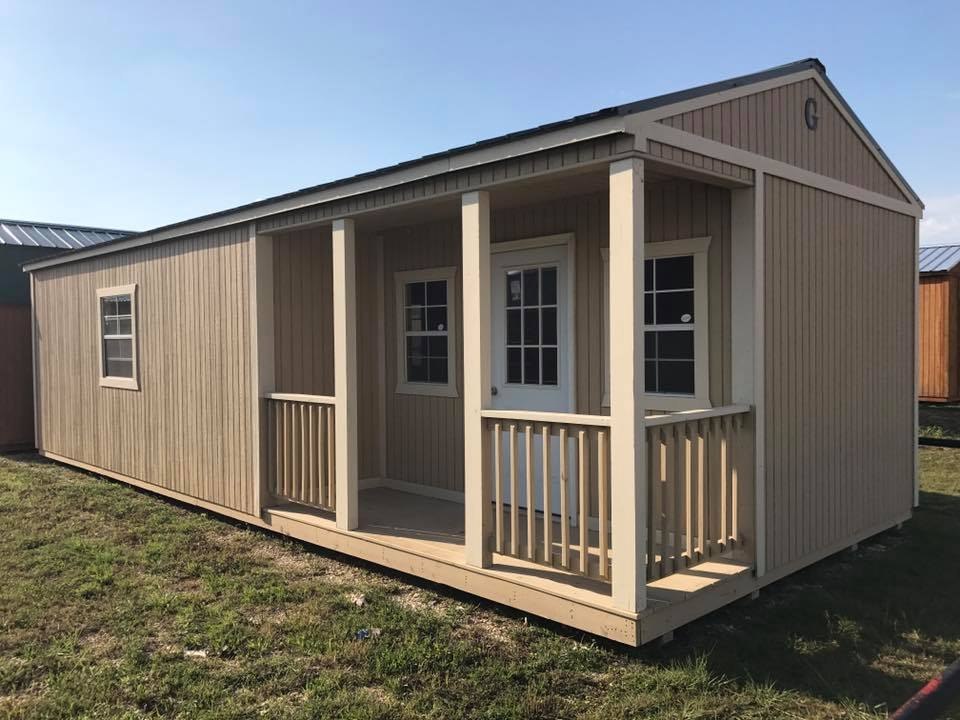Innovative Design: Building Your Quality Light Gauge Steel Frame House
Jun 12,2025

Innovative Design: Building Your Quality Light Gauge Steel Frame House
Table of Contents
- 1. Introduction to Light Gauge Steel Frame Construction
- 2. Understanding Light Gauge Steel and Its Benefits
- 3. Design Principles for Light Gauge Steel Frame Houses
- 4. The Construction Process: Step-by-Step Guide
- 5. Finishing Touches: Interiors and Exteriors
- 6. Cost Analysis: Budgeting for Your Light Gauge Steel Frame House
- 7. Case Studies: Successful Light Gauge Steel Frame Projects
- 8. FAQs About Light Gauge Steel Frame Houses
- 9. Conclusion
1. Introduction to Light Gauge Steel Frame Construction
In recent years, the demand for innovative building materials and techniques has surged, leading to the rise of **light gauge steel frame construction**. This modern approach not only enhances the architectural possibilities but also offers numerous benefits, such as durability, sustainability, and cost-effectiveness. In this article, we will delve into the innovative designs behind light gauge steel frame houses, highlighting their advantages and providing a comprehensive guide to building your own quality structure.
2. Understanding Light Gauge Steel and Its Benefits
2.1 What is Light Gauge Steel?
**Light gauge steel** refers to thin sheets of steel that are cold-formed into various shapes and sizes. These sections are typically used in the construction of walls, roofs, and floors, providing structural integrity without the bulk of traditional steel. This lightweight material is rapidly gaining traction due to its efficiency and versatility.
2.2 Benefits of Using Light Gauge Steel
The advantages of light gauge steel frame construction are numerous:
- **Strength and Durability:** Light gauge steel boasts high tensile strength, making it resistant to extreme weather conditions, pests, and rot.
- **Speed of Construction:** The prefabrication of components allows for faster assembly on-site, reducing labor costs and timeframes.
- **Design Flexibility:** Architects find light gauge steel easy to manipulate, facilitating creative and innovative designs.
- **Sustainability:** Steel is 100% recyclable, and its lightweight nature leads to lower transportation costs and reduced carbon footprints.
- **Economic Efficiency:** The overall cost of building with light gauge steel can be lower than traditional materials due to its longevity and minimal maintenance requirements.
3. Design Principles for Light Gauge Steel Frame Houses
Designing a light gauge steel frame house involves several key principles that ensure both aesthetic appeal and structural integrity.
3.1 Architectural Design Considerations
When embarking on your construction journey, consider the following architectural design aspects:
- **Space Utilization:** Optimize interior layouts to make the most of available space.
- **Natural Light:** Incorporate large windows and open spaces to enhance natural light and airflow.
- **Aesthetic Elements:** Use various finishes and textures to create visual interest, blending modern and traditional styles.
3.2 Sustainability in Design
Sustainable design practices are increasingly prioritized in modern construction. Consider these elements:
- **Energy Efficiency:** Implement energy-efficient systems, such as solar panels and high-quality insulation.
- **Water Conservation:** Integrate water-saving fixtures and rainwater harvesting systems.
- **Local Materials:** Source materials locally to reduce transportation emissions and support local economies.
4. The Construction Process: Step-by-Step Guide
Building a light gauge steel frame house involves a series of well-defined steps that ensure a successful outcome.
4.1 Pre-Construction Planning
Effective pre-construction planning is essential for any project. This phase includes:
- **Site Evaluation:** Assess the land for suitability and zoning regulations.
- **Design Finalization:** Collaborate with architects and engineers to finalize blueprints.
- **Permitting:** Obtain necessary permits and approvals from local authorities.
4.2 Building the Structure
Once planning is complete, the actual construction can commence:
- **Foundation Installation:** Lay a strong foundation that can support the light gauge steel frame.
- **Frame Assembly:** Erect the steel frame according to the design specifications, ensuring proper alignment and connection.
- **Enclosure:** Install walls, roofs, and floors, ensuring they meet insulation and energy efficiency standards.
5. Finishing Touches: Interiors and Exteriors
After the main structure is complete, attention turns to the finer details:
- **Interior Finishes:** Choose flooring, wall finishes, and fixtures that complement your design aesthetic.
- **Exterior Design:** Select cladding and roofing materials that enhance durability and curb appeal.
- **Landscaping:** Create outdoor spaces that invite relaxation and enjoyment, enhancing the overall property value.
6. Cost Analysis: Budgeting for Your Light Gauge Steel Frame House
An accurate budget is crucial for the success of your construction project. Key areas to consider include:
- **Material Costs:** Research and compare prices for light gauge steel and other materials.
- **Labor Costs:** Factor in the cost of skilled labor required for assembly and finishing.
- **Contingency Fund:** Always allocate a portion of your budget for unexpected expenses that may arise during construction.
7. Case Studies: Successful Light Gauge Steel Frame Projects
Examining successful projects can provide insights and inspiration. Notable case studies include:
- **Residential Developments:** Explore innovative designs in suburban areas that effectively utilize light gauge steel.
- **Commercial Buildings:** Analyze how businesses have embraced light gauge steel for functional and aesthetic buildings.
- **Community Projects:** Learn about affordable housing initiatives that leverage light gauge steel for sustainable living solutions.
8. FAQs About Light Gauge Steel Frame Houses
What are the main advantages of light gauge steel frame construction?
Light gauge steel frame construction offers benefits such as strength, durability, speed of construction, design flexibility, and sustainability.
How does light gauge steel compare to traditional timber framing?
Light gauge steel provides superior strength and resistance to pests, rot, and fire compared to timber.
Can I build a light gauge steel frame house myself?
While DIY construction is possible, it is recommended to work with professionals for complex assemblies and structural integrity.
How sustainable is light gauge steel?
Light gauge steel is 100% recyclable and has a lower carbon footprint due to its lightweight nature and transportation efficiency.
What is the average cost of building a light gauge steel frame house?
Costs can vary widely based on design, location, and materials, but careful planning and budgeting can help manage expenses effectively.
9. Conclusion
Building a **light gauge steel frame house** is an innovative approach that combines modern design with practical benefits. The strength, durability, and sustainability of light gauge steel make it an excellent choice for both residential and commercial construction. By understanding the principles of design, the construction process, and the advantages of this building material, you can successfully create a quality structure that not only meets your needs but also stands the test of time. Embrace the future of construction and explore the countless possibilities that light gauge steel offers.
Contact Us
E-mail :
183597530@qq.com
WhatsApp:
+86-13810577811
Address:
No. 4 Fengzhi Road, Binhe New District, Baotou Rare Earth High tech Zone, Inner Mongolia Autonomous Region









